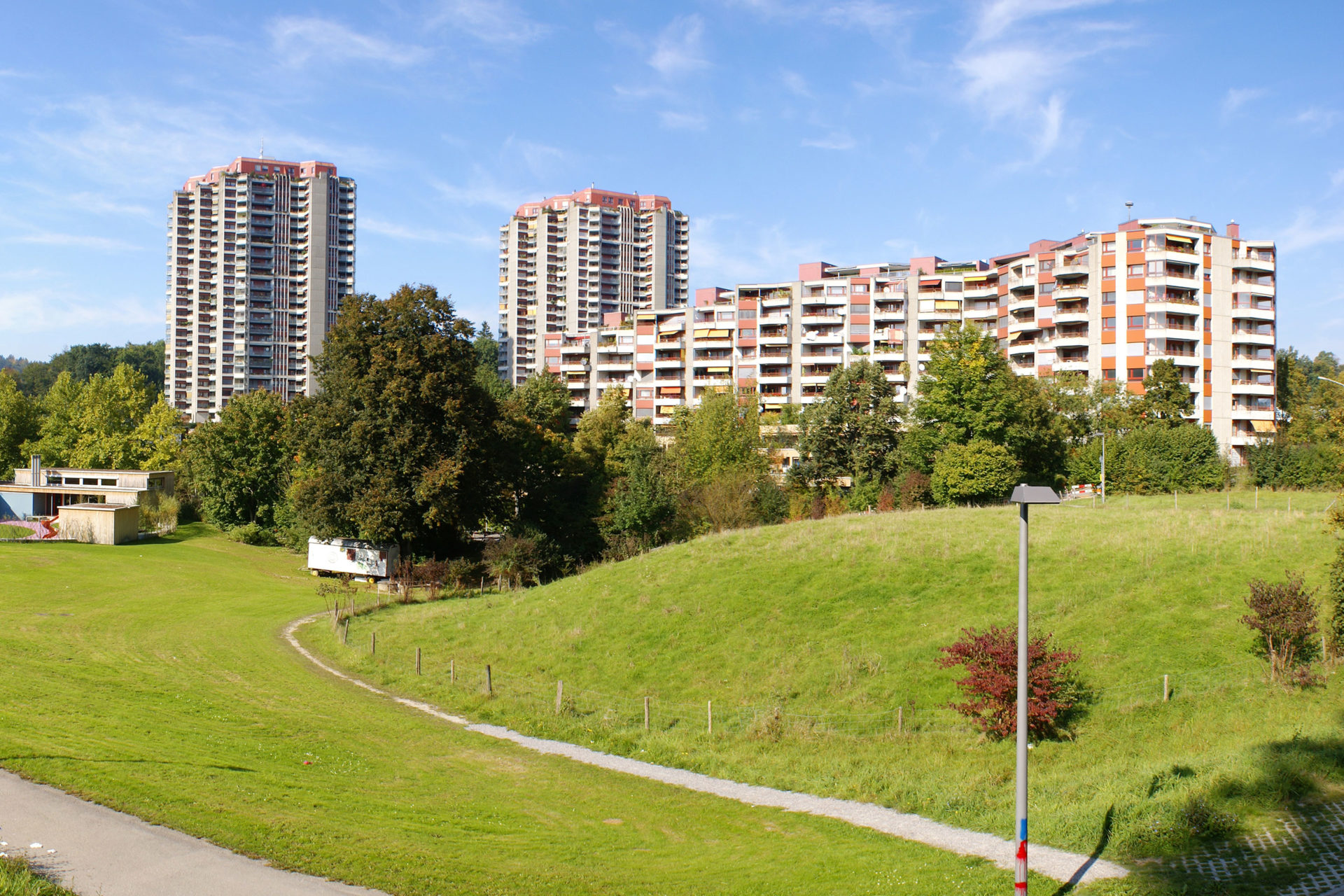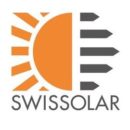12 February 2024

View of the Holenacker housing complex of the Fambau co-operative in Bern in a photograph taken in 2008. A photovoltaic facade is to be installed on the two high-rise buildings on the left. Source: ©commons.wikimedia.org.
The high-rise residential blocks in Holenacker, built between 1979 and 1986, form a district of the city of Bern. It is a predominantly high-rise housing estate which was the last to be built in Bern for a long time. From the 1970s onward, this type of high-density housing construction has been considered an unsuitable residential solution for the needs of its occupants.
The architects’ aim was to avoid urban sprawl and uniformity, to preserve large contiguous green spaces, to design the apartment blocks with their range of communal facilities as practical units and to keep development costs low.
40 years later part of the large development in Holenacker is currently undergoing extensive refurbishment including the installation of photovoltaic modules along the facades of the two 80-metre high buildings resulting in the highest solar facades ever built in Switzerland.
Since this is a facade installation, fire protection becomes an issue to be addressed and resolved as a matter of priority, as a-matter-of-fact fire protection regulations only permit non-combustible building materials of class RF1 on the facades of buildings higher than 30 metres. Photovoltaic components, on the other hand, are categorized as class RF2 (minimal reaction to fire).
Photovoltaic installations and fire prevention
A revision of the national safety guidelines is currently in progress. However, the Association of Cantonal Fire Insurers (VKF), which is responsible for this, is unlikely to change the safety assessment of PV modules as they should not be treated any differently to similarly flammable materials.
Nevertheless solar architecture does not seem impossible, even in such a vertical configuration. Indeed, the cantonal building insurance company has granted a license for the integration of PV on the two high-rise buildings in Bern-Betlehem, provided that it will be followed a verification procedure.
To minimize the risks the insurance company is developing a planning aid for the preparation of a fire protection certificate which will include advice from an interdisciplinary project group. Always consult with local authorities and experts to stay updated on specific regulations and best practices in your region.
State of the art document in relation to the VKF fire protection guideline for photovoltaic installations
In October 2023, Swissolar published a transitional document for the design and fire testing of photovoltaic facades. The document, available in German and French, provides a classification of systems for medium-height buildings (11 to 30 metres) and taller buildings (30 to 100 metres). The categorization shows under which conditions photovoltaic facades can be built today without object-specific fire tests.
In these cases, a verification procedure is underway in which specifications are defined for photovoltaic modules, cable routing, fire protection measures and other aspects that have been derived from previous fire tests as empirical values. The document will be valid until the publication of a binding state-of-the-art document, which is planned for autumn 2024.


